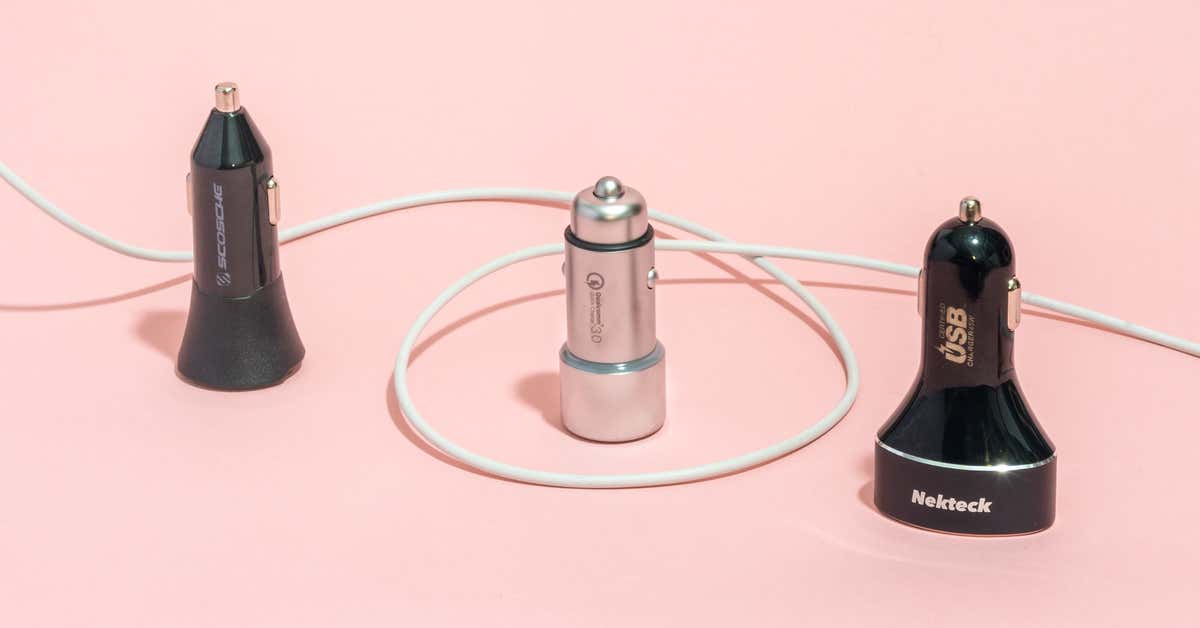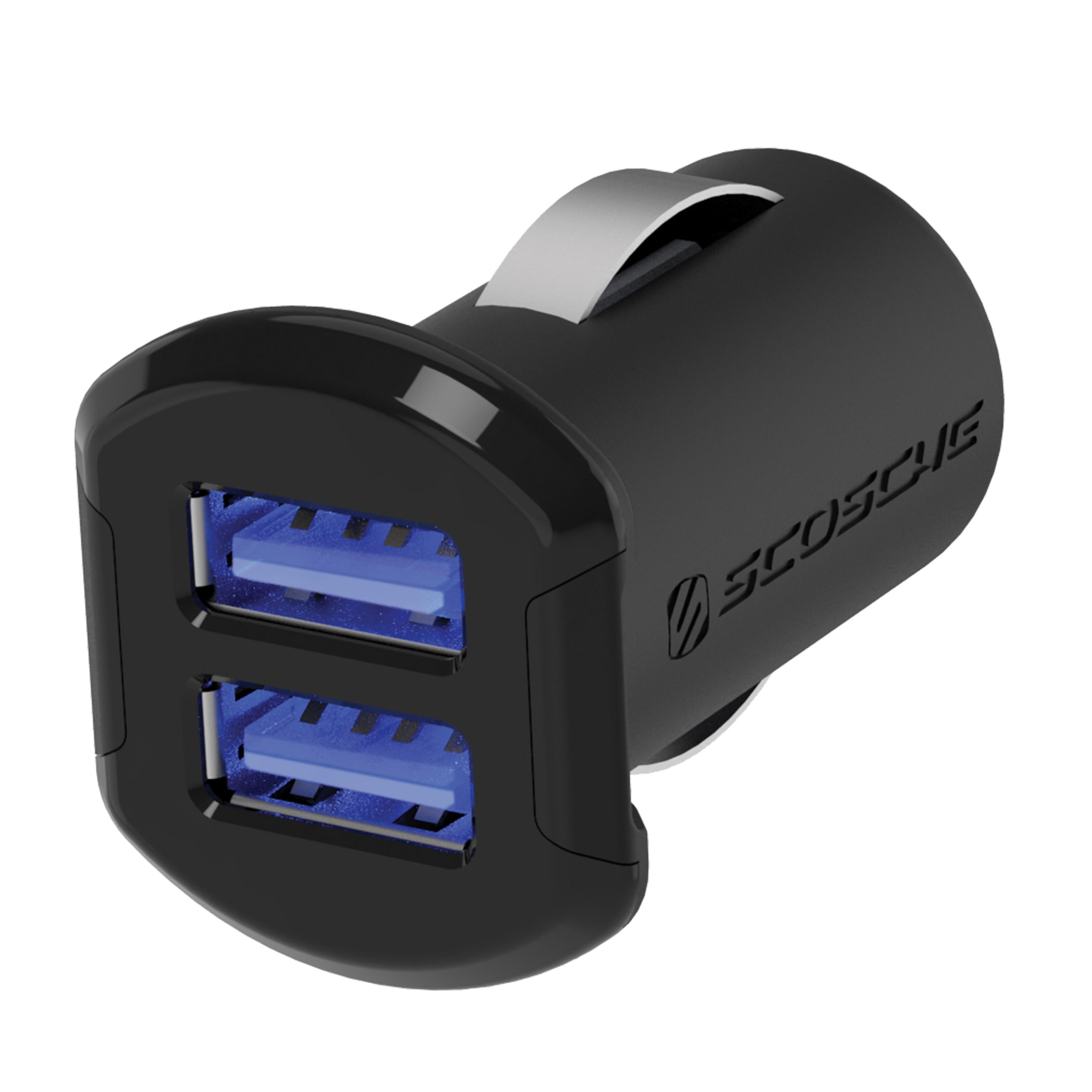Our son and a friend are planning a couple weeks of coastal sailing.
With an old dual USB plug(came with the boat) - that splits the charge when two devices are connected - after a few days, the result is both phones being half-dead, all the time. The phones are their major nav. sources as well as communication along the coast.
We're concerned more with the safety aspect of dead phones in the case of an emergency, off the boat. They should have the ability to make a 911 call, especially off the boat if a medical issue arises.
He has a handheld VHF that's easier to keep charged with a small inverter. The boat has a Grp 27 battery and a large flexible solar panel to erect when it needs charging(outboard power). The boats power needs are minimal; a few LED reading lights and navigation lights(rarely used). It's easy to keep the house battery well charged.
My first thought was to install 2 receptacles for the lighter style USB chargers. It's easy to find the higher 2.4A output chargers and with two, they can have faster charging of two phones.
Then I've seen straight 12V USB with the higher output, but they still split the max A when two plugs are used. Might use 2 of those instead?
I've been looking at USB chargers, both at home and online. They run the gamut from 1A output (I was surprised to see many of our 'cubes' were 1A only) to higher 3A mostly in newer phone styles.
What's the scoop on fast charging smart phones on the boat?

 www.nytimes.com
www.nytimes.com
With an old dual USB plug(came with the boat) - that splits the charge when two devices are connected - after a few days, the result is both phones being half-dead, all the time. The phones are their major nav. sources as well as communication along the coast.
We're concerned more with the safety aspect of dead phones in the case of an emergency, off the boat. They should have the ability to make a 911 call, especially off the boat if a medical issue arises.
He has a handheld VHF that's easier to keep charged with a small inverter. The boat has a Grp 27 battery and a large flexible solar panel to erect when it needs charging(outboard power). The boats power needs are minimal; a few LED reading lights and navigation lights(rarely used). It's easy to keep the house battery well charged.
My first thought was to install 2 receptacles for the lighter style USB chargers. It's easy to find the higher 2.4A output chargers and with two, they can have faster charging of two phones.
Then I've seen straight 12V USB with the higher output, but they still split the max A when two plugs are used. Might use 2 of those instead?
I've been looking at USB chargers, both at home and online. They run the gamut from 1A output (I was surprised to see many of our 'cubes' were 1A only) to higher 3A mostly in newer phone styles.
What's the scoop on fast charging smart phones on the boat?

The Best USB Car Charger
We’ve tested the best car chargers, and we have recommendations for affordable, reliable options that can fast-charge any device while you’re on the road.





